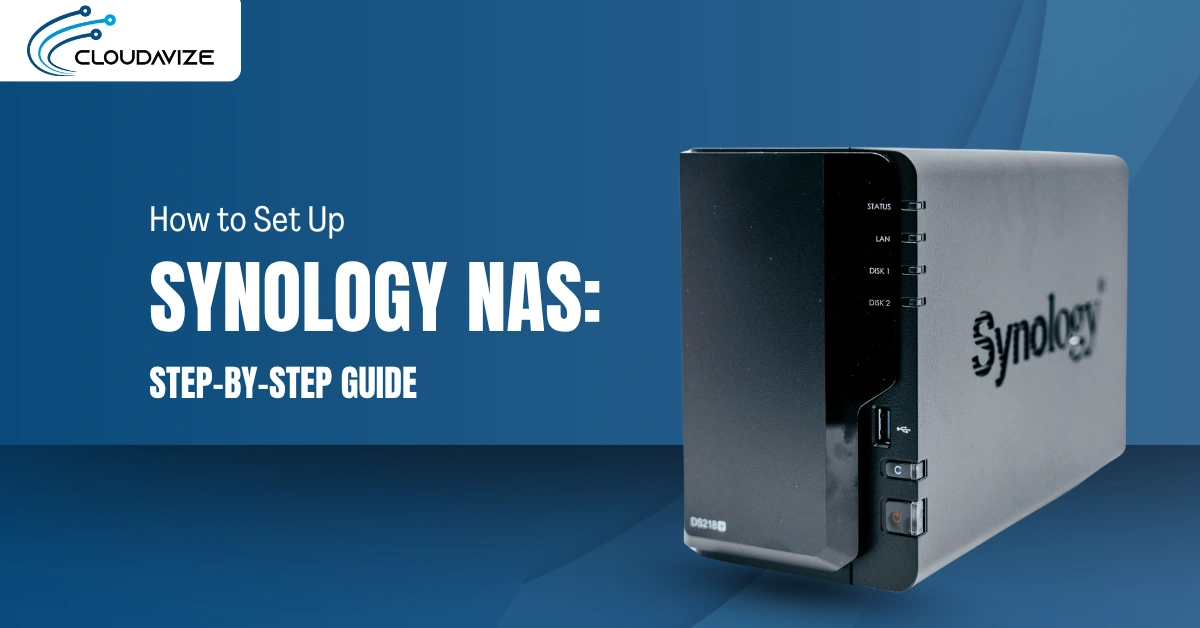For any businesses that weren’t yet transitioned completely (or mostly) to the cloud at the beginning of 2020, the COVID-19 pandemic forced the issue.
Companies needed to quickly enable at-home employees, give them access to their data and business apps, and keep them connected from different places, which meant use of cloud services.
But the rush to the cloud, not always with a strategy in place, has left many companies with “cloud overload.” This means they’ve got more cloud apps in use than they really need, which leads to several issues.
The problem with cloud overload includes:
- Paying more than needed for monthly cloud subscriptions
- Having cloud apps that don’t work well together
- Using different cloud apps that can do the same thing
- Having data spread across too many apps
- Employees using shadow IT (apps that the company is unaware of)
Not only is cloud overload costly, it also reduces efficiency and productivity and negates some of the benefits of using the cloud. Knowing how to streamline cloud use can resolve the overload problem and help your office be more efficient.
Table of Contents
How to Simplify & Streamline Cloud Use
Here are several things you can do to streamline your company’s cloud use and get out from under the weight of inefficient cloud overload.
Find All the Apps Employees are Using
Before you can streamline, you need to know where all your cloud data is being stored. This means surveying employees to find out which apps they’re using. And you might be surprised at how many there are that you don’t know about.
Shadow IT is a big problem, both for budgets and for cybersecurity. As much as 20-40% of technology spending happens outside the oversight of a company’s IT team.
Come up with an Integrated Cloud Strategy
One of the most difficult things about cloud use for many businesses is that there are so many cloud apps, it’s hard to know which ones to use. They tend to go with the one that “most people like,” instead of also looking at those that give them the most streamlined workflow.
For example, a company could use a cloud structure like this:
- Zoom for video conferencing
- Slack for team messaging
- Todoist for todo lists
- Dropbox for cloud storage & file sharing
- RingCentral for VoIP
All those programs can perform a specific task, but they come from different vendors and integrating information across them all can be problematic.
Plus, using so many different apps means different interfaces users have to use, more logins each day to go through, and different administrative and security settings for each one.
Instead, a streamlined company could use a cloud structure like this:
- Microsoft 365
- Microsoft Business Voice add-on for Teams for VoIP
This workflow gives users one streamlined platform that includes several apps that can do all the things in the other workflow. Plus, they integrate and share data natively, improving work processes and allowing automation.
Your goal with an integrated cloud strategy is to look for platforms that give you one user experience, data sharing across apps without having to use a third-party app, and a simplified administrative process.
Close Out Apps that Don’t Fit your Cloud Strategy
Next, you want to look at the list of all cloud apps your company is using now and match that against the list of apps that fit your new streamlined cloud strategy. Any apps that aren’t on the second list, need to be closed out properly so they’re not leaving your data at risk.
Closing them out properly means:
- Migrating any data in the app to the new app
- Noting any features in that app that users liked, but aren’t sure are in a new app
- Closing the user account(s) to ensure you’re no longer billed for them
The purpose of noting feature that users liked in an app you will no longer be used is to bring that information to a cloud advisor, like Cloudavize. We can then take a look at your streamlined cloud workflow to see if it’s possible to duplicate that functionality.
Create a Cloud Application Use Policy
Even after a cloud streamlining process, companies can get into cloud overload problems again just a few years later if they don’t put policies in place that regulate cloud app use.
This means not allowing use of cloud apps that aren’t specifically approved by your business. Otherwise employees may just begin using a “cool app” they like, not understanding the impact it can have on your security and overall cloud strategy.
Include in your cloud policy a way for employees to suggest apps for consideration. Users can often spot helpful cloud tools that may indeed fit your strategy, so inviting their input can help you continually improve your digital workflow.
Don’t Let Your Cloud Use Get Out of Hand… Come to Cloudavize!
Our team of cloud experts can help you go through the cloud streamlining process to improve productivity, reduce costs, and make your cloud infrastructure as effective as ever.
Contact Cloudavize today for a free consultation to get started.



